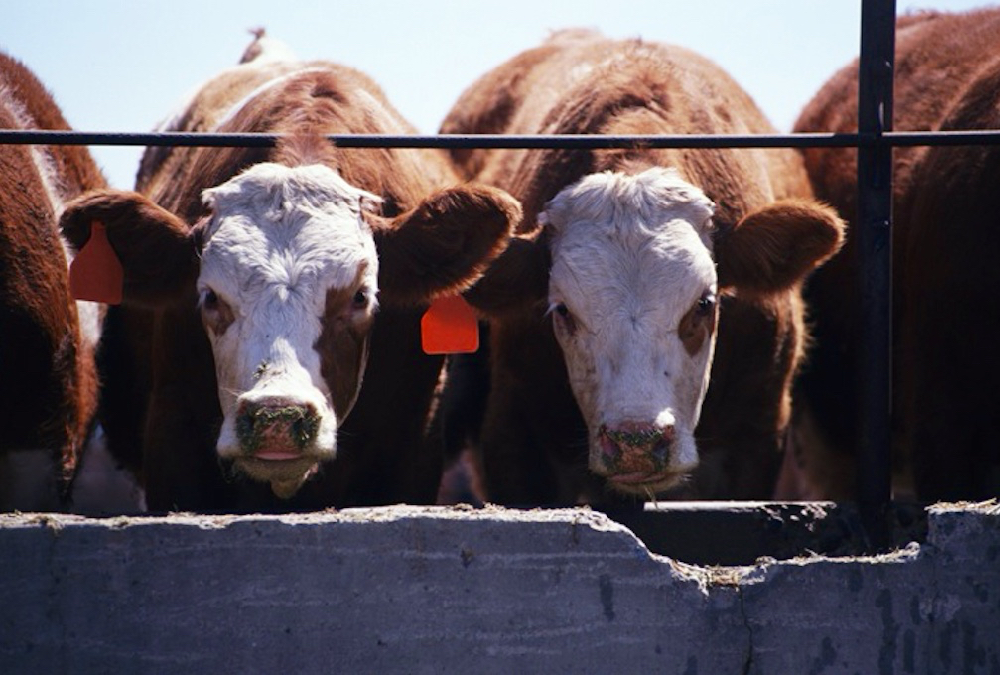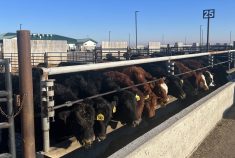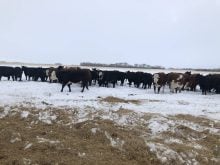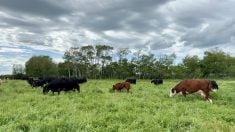In my April column, I covered the basic concepts of ruminant protein nutrition and introduced the concept of metabolizable protein. As a quick review, metabolizable protein is the protein — or more specifically the amino acids — available for absorption in the small intestine of the animal. Metabolizable protein is used to meet the animal’s protein needs for maintenance, lactation, pregnancy and growth.
Metabolizable protein, for the most part, comprises microbial protein and undigested feed protein. At its heart, meeting the metabolizable protein needs of the animal means both optimizing rumen microbial growth and subsequently meeting any shortfall with a protein supplement that is more slowly degraded in the rumen.
Read Also
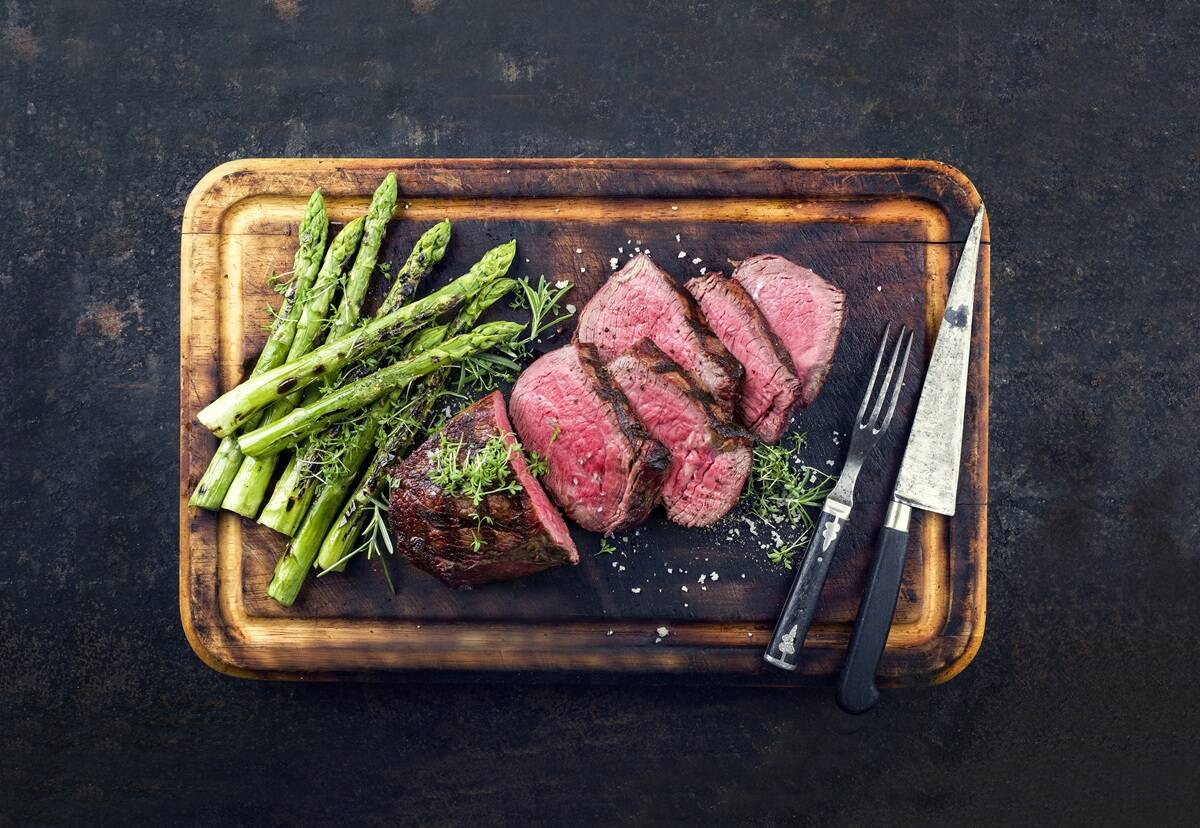
Building demand together: The impact of Canada’s beef import levy
The beef import levy has become a central tool for ensuring balance in Canada’s beef industry
As discussed in last month’s column, the crude protein content of a feedstuff can be subdivided into rumen degradable and un-degradable fractions. Rumen degradable protein (RDP) is protein or non-protein nitrogen (i.e. urea) that is degraded in the rumen and serves as a nitrogen source for rumen bacteria. Rumen un-degradable protein (RUP) is that undigested feed protein that bypasses the rumen and is potentially available for absorption in the small intestine. With this column, I want to look at common protein sources and explore how they contribute to RDP and RUP needs of cattle. For reference, the RDP and RUP values (expressed as a per cent of crude protein) cited are from the 2016 Nutrient Requirements of Beef Cattle publication.
First, it is important to understand that the vast majority of feedstuffs contain a blend of RDP and RUP, the relative proportions of which are influenced by factors such as feed type (corn vs. barley) and processing (i.e. drying, extruding) conditions. The one exception is urea, which is 100 per cent RDP. Urea is degraded to ammonia, which in turn is used by rumen bacteria for protein synthesis.
Canola meal is a good example of a commercially available protein supplement that is a combination of RDP and RUP. Canola meal is the residual meal after oil extraction. Canola processors typically use a combination of cooking, pressing, solvent extraction and heating to extract the oil from the seed. The resulting meal has a crude protein value of at least 36 per cent, with RDP and RUP values of 60 and 40 per cent, respectively.
Cold-pressed canola meal is also available in some parts of the country. This meal is similar to regular canola meal in crude protein content but will be more available in the rumen due to the absence of heat during processing. Cold-pressed meal also has a higher energy content due to residual oil in the meal.
Solvent-extracted soybean meal is processed under similar conditions as canola meal. Often considered the gold standard when it comes to protein supplements, soybean meal contains a minimum of 44 per cent crude protein. High-protein soybean meal (i.e. 48 per cent) is also available but typically is targeted to the non-ruminant market. The RDP and RUP values for soybean meal protein — particularly the 44 per cent product — is similar to that of canola meal. Both canola meal and soybean meal are excellent protein sources for beef cattle. They promote rumen bacterial growth through their RDP content. When fed in a balanced ration, they also provide sufficient levels of RUP for most feeding situations.
Peas and pea byproducts are an interesting contrast to the two oilseed meals discussed above. Field peas contain approximately 20 per cent protein (as is), of which 80 to 85 per cent is degradable in the rumen. When appropriately priced, field peas are an excellent source of both energy and protein for growing cattle.
In contrast to field peas, dried distillers grains with solubles (DDGS) produced from corn or wheat-based ethanol production are high in RUP. For example, corn-based DDGS typically have 30 per cent crude protein of which 67 per cent is RUP. Wheat-based DDGS will average 38 per cent crude protein, with a similar RUP value.
If we look at common cereal grains, corn has the lowest crude protein content at eight to nine per cent; how- ever, a significant proportion is RUP (i.e. 65 per cent). As such, when corn grain comprises a high portion of the diet, a supplement high in RDP is ideal.
Barley and wheat grain have higher levels of crude protein (i.e. 11 and 14 per cent, respectively) which is significantly more rumen degradable (i.e. wheat protein is 65 per cent degradable). While the crude protein content of the respective silages is similar to the grains, RDP values can reach 80 per cent of total protein. Similarly, many dry forages, such as brome or alfalfa hay, have a majority of the protein in the form of RDP (65 to 75 per cent).
As evident from this discussion, many of the commonly used feed sources not only vary in crude protein content but also in the rumen degradability of that protein. When comparing all of these sources, the question most producers have is which supplement works best for their operations.
The answer has two parts. First, as in the case of corn grain-based diets discussed above, we always want to provide an adequate supply of RDP to ensure optimal rumen bacteria growth. In many cases, this will meet the majority of the metabolizable protein requirements of the animal.
Second, if rumen microbial protein production is inadequate, then we need to supplement RUP. In my experience, a protein supplementation strategy that targets 70 to 75 per cent RDP and 25 to 30 per cent RUP will work in the vast majority of feeding situations.


